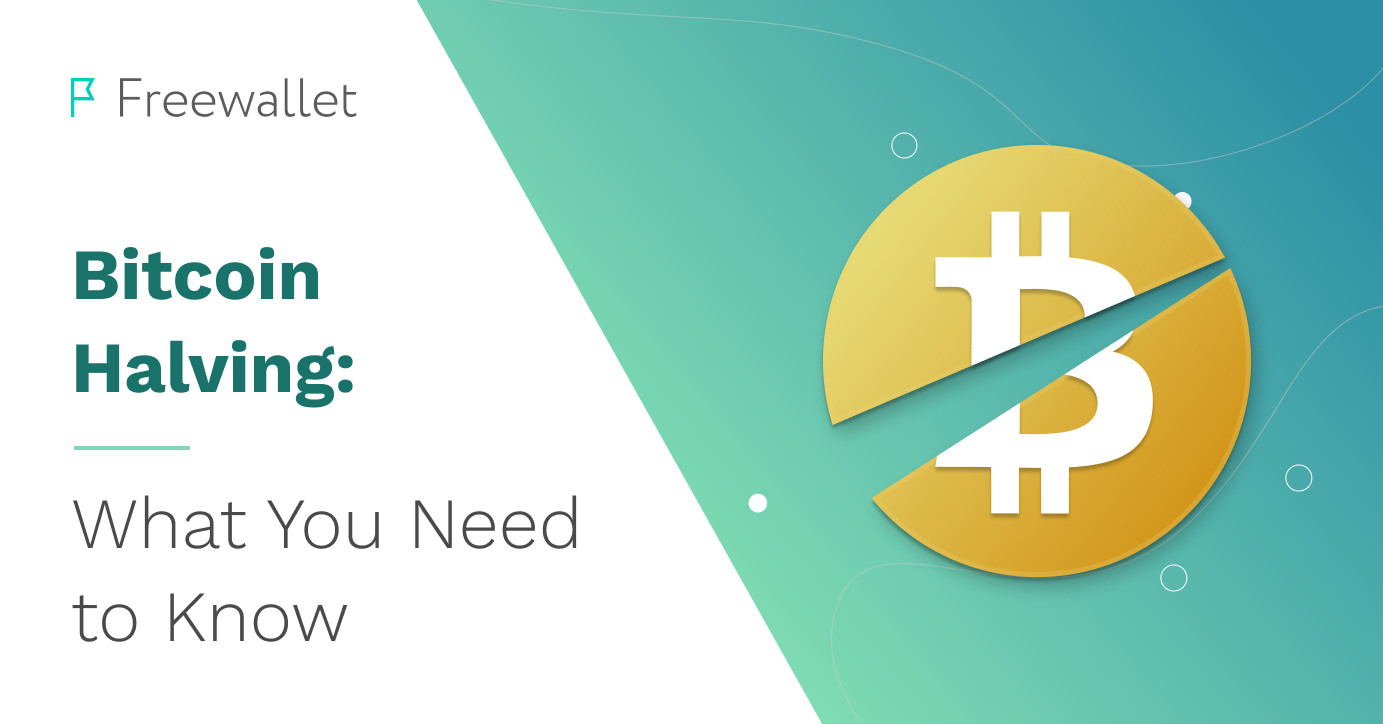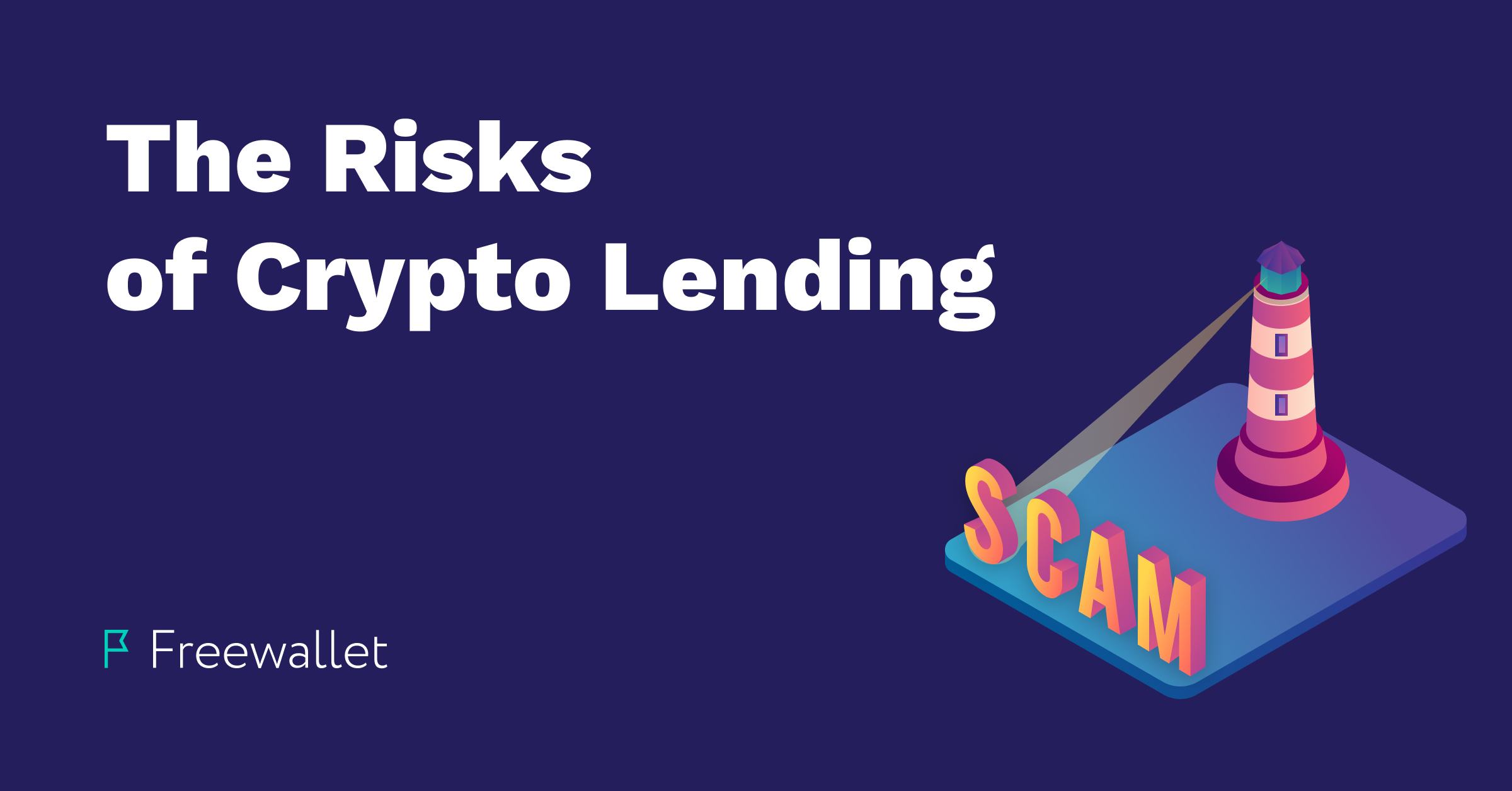
Most people interested in Bitcoin or cryptocurrencies per se have met the word “halving.” This term stands for decreasing the Bitcoin mining reward by 50%. This recurring event is inbuilt into the Bitcoin network structure and takes place once in nearly four years when another 210,000 blocks get found. From this article, you will learn about the importance of Bitcoin halvings, see how halvings impact the crypto market and know everything you need about the halving mechanism.
Bitcoin Network
Bitcoin introduced a blockchain technology that was the basis of the first cryptocurrency. Blockchain is a distributed ledger dispersed over multiple nodes associated with different online devices involved in transaction validation through mining or simply storing data.
These nodes store the fractions of the complete ledger of the transaction data on the Bitcoin network. Some nodes (so-called “full nodes”) store the entire history of transactions. Full nodes are busy rejecting or approving the new transactions in the network. This is achieved by scanning the transaction’s specific parameters. If they are fine, the transaction is approved. The approved transactions make up blocks broadcasted to the rest of the nodes.
The Bitcoin network is run by thousands of nodes. The 2022 estimation showed over 15k active nodes in the network. Some nodes store the transaction history but do not participate in mining.
Bitcoin Mining
Mining is a crucial process for the safety and validity of the entire Bitcoin network. In exchange, those who participate in mining are rewarded with BTC. Mining is the exploitation of the computing power of the computing devices in order to find the correct hash for new blocks of transactions. To achieve this, machines should solve a high-difficulty math problem. Nowadays, it requires much power, so the spammers won’t be able to trick the network for free or without a huge investment. The network works correctly as long as over half of the mining power is not abused by a centralized group of wrongdoers or a single bad actor.
It’s understood that miners should be incentivized because what they do is deadly important. That’s why block rewards exist. As soon as a node validates another block, it gets the reward. Not only it makes mining profitable, but it also brings new BTC units to circulation. The total supply is restricted to 21 million BTC and mining gradually “unlocks” new coins so people can use them. The initial reward was set as 50 BTC per block. As of 2022, these rewards decreased to 6.5 BTC per block in the wake of a series of halvings.
Bitcoin Halving
To maintain the value of BTC and fight inflation, Bitcoin rewards were set to be cut in half every 210,000 blocks. This block amount is mined once in nearly four years and is called “halving.”
It is expected that all the bitcoins will be mined in 2140. Until that moment, the rewards will keep on halving regularly. As soon as there is no new BTC for rewards, validators will be rewarded through transaction fees.
Halving Implications
Halving causes the shrink of the bitcoins produced via mining. Fewer BTC coins appear on the market. As new bitcoins are getting increasingly scarce, their price is expected to grow. BTC halving has profound meaning for the entire crypto market.
The demand for new coins is growing in the wake of the halving because the market gets twice as few coins as before the halving. It allows miners to start selling their BTC at a higher price to keep getting a reasonable profit for mining fewer coins. As a result of each halving, the mining difficulty decreases so that miners won’t lose money if the BTC price doesn’t increase immediately after the halving event.
Halving and Its Effects
Throughout the 2010s, halvings stimulated the BTC price to go up for some time. The correction always followed, but even after the drop, the price remained higher than before the halving. So, in general, halving moves the BTC price up. Ethereum and Litecoin halving events have been important for the market, too. However, in 2022, Ethereum abandoned the PoW algorithm, so ETH mining is not available anymore.
How Does Bitcoin Halving Affect Bitcoin’s Network?
Network-wise, we get 50% less produced BTC coins and lower mining difficulty to keep miners incentivized. Investors benefit from this situation because of the increased scarcity of the asset. The very news about the coming soon halving was stimulating the market and working as a self-fulfilling prophecy.
Some miners have to quit because their profits are non-satisfactory, and halving creates a more significant threat to the operation. However, it only plays out better for those who stay or join mining. Interestingly, the study reveals that the Bitcoin price growth periods are characterized by a drop in the number of miners. But periods of price decline are the periods when more miners join the operation.
What Happens When Bitcoin Halves?
What happens is simply the decrease of the block reward by 50%. The initial block reward has been set at 50 BTC. Each next Bitcoin halving was cutting the block reward in half. There was a period when the block reward was 25 BTC, then 12.5 BTC. As of 2022, the block reward is only 6.25; after the next Bitcoin halving, it will drop to 3.125 BTC per block.
When Have the Halvings Occurred?
The past halvings took place on the following dates: November 28, 2012, July 9, 2016, and May 11, 2020. The next Bitcoin halving date is somewhere between February and May of 2024.
Why Are the Halvings Occurring Less Than Every 4 Years?
In theory, the gaps between halvings should take four years. However, in reality, these gaps are smaller (you can clearly see it in the previous chapter). The reason is not hard to grasp. The four-year interval is based on the assumption that new blocks are generated every 10 minutes. But due to a large number of active miners generates blocks a bit quicker (between 9 and 10 minutes). That’s why halvings occur faster than once in four years. It’s worth saying that sometimes block time gets slower, and it takes more than 10 minutes to produce a new block.
Does Halving Have Any Effect on the Bitcoin Price?
As mentioned earlier, halvings do affect the Bitcoin price. We cannot state that this connection is straightforward. Even the speculations about the halvings’ influence on BTC price drive the BTC price. The logic of the assumption that halvings cause the BTC price rise is simple: as miners are facing the doubling of their expanses to produce the same amount of coins, they have to raise the prices. We can’t say, however, that practically it is as easy as this, and many miners have to cease their business.
According to market analysts, the BTC price usually starts to warm up months before another halving. In general, the overall price of Bitcoin keeps on growing despite significant drops from the peak points.
The Bottom Line
As you can see, halvings are very important. They are important for people investing in cryptocurrencies (not necessarily Bitcoin), for miners, and the financial balance of the Bitcoin network per se. We cannot overestimate the importance of the Bitcoin financial state as the rest of the crypto market is heavily influenced by the BTC price and tend to reflect the main trends of the Bitcoin price.
So it comes that no matter, what your occupation is in the world of crypto, for a clearer understanding of the market state, you should know what halving is and when the next Bitcoin halving is going to take place.
Related
Stay tuned
Subscribe for weekly updates from our blog. Promise you will not get emails any more often.
Most Popular
New Posts
Stay tuned
Subscribe for weekly updates from our blog. Promise you will not get emails any more often.






